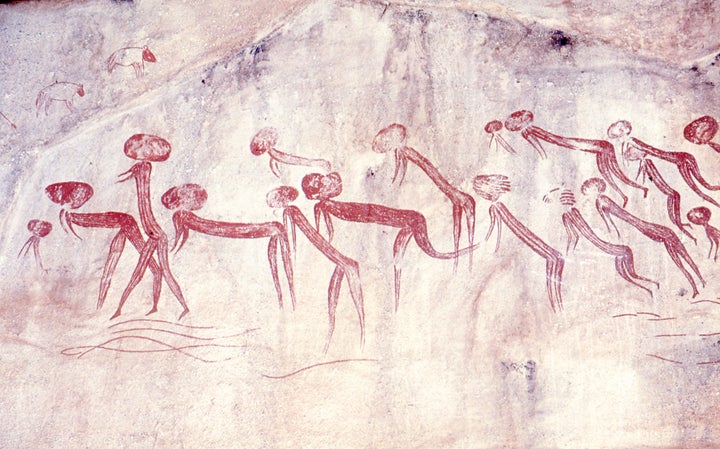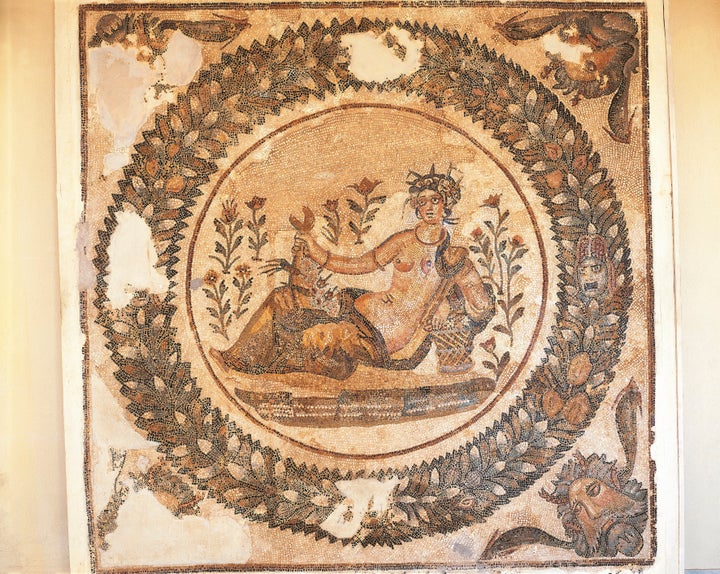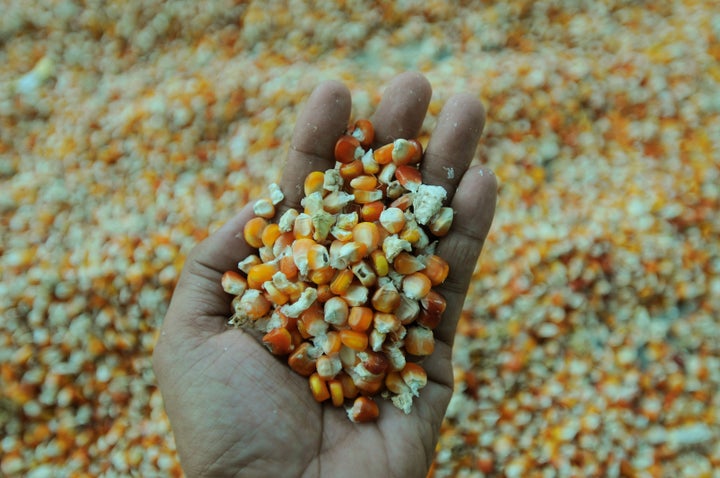Pagans and polytheists in the northern hemisphere are celebrating the ancient harvest festival of Lughnasadh, or Lammas, this week. But for those of us who maybe harvested the occasional blackberry as a kid and are more familiar with cars than plows, what does a “harvest festival” really mean?
HuffPost chatted with two pagan leaders on the significance of harvest festivals like Lughnasadh in the modern world. Here’s what we learned:
Harvest festivals remind us of where we come from.

Most of human history didn’t include the likes of Trader Joe’s and Seamless. For the first million or so years, our ancient human ancestors subsisted as hunters and gatherers. The roots of agriculture go back about 12,000 years, but the first self-service grocery store opened its doors a mere 100 years ago.
So for the majority of human history, we had to work extremely hard for the food we ate. Pagan author Courtney Weber said this hard work is largely what made harvest festivals so crucial in the days of old.
“There would have been enormous work involved in cultivating and collecting crops,” Weber told HuffPost. “So the harvest festival was a time when people could relax and have fun for the first time in weeks ― or months!”
Even in ancient times, there were aspects of the holiday that were symbolic.

Not only was the festival a time of rest after a year of planting and harvesting, but it also represented our ancestors’ close relationship to the land.
Harvest festivals were “a symbolic gesture of thanks and a time of celebration,” Weber said. “They were intended to thank the earth for producing much-needed food, marking an end to possible periods of hunger.”
That literal and symbolic connection continues today, said Selena Fox, senior minister of the earth-based spirituality center Circle Sanctuary.
Every year Circle Sanctuary hosts a “Welcome Fall Festival” in September to commemorate the traditional harvest season.
“We fill a large cornucopia with fruit, vegetables, nuts, other things that we have harvested ourselves from our home areas and/or purchased from grocery stores & farm markets,” Fox said in an email to HuffPost.
Harvest festivals can help us appreciate our food.

We live in a world where one third of the food produced for human consumption — some 1.3 billion tonnes — gets lost or wasted every year, according to the United Nations. Meanwhile, roughly one in nine people in the world, or 795 million, are undernourished.
A harvest festival can be about gratitude, as well as celebration.
“In my last coven, we used this time as a period to think about where our food comes from ― from farm, to farmer, to delivery person, to store, to plate,” Weber said. “This particular Harvest Time reminds me of what difficult conditions we could face if climate change worsens. My Harvest Festival sacrifice this year is looking at how I can reduce my home’s carbon footprint.”
There are many ways to celebrate, even if you live in a city.

“Those who live in urban environments can still connect with harvest,” Fox noted.
Some ways to connect, Fox said, include decorating your home with symbols of agriculture ― things like corn dollies, wheat sheaves, sickles, and corn stalks. She also suggested making a wreath of green plants to hang on your front door, baking bread and sharing it with loved ones, scattering seeds, taking a walk in nature, donating to a local food pantry and, of course, having a feast.
On a spiritual note, Weber said the harvest festival can be a good time to reflect.
“Ask yourself what goals you have achieved since the start of the year, and see if there are more things you need to do to bring your goals to fruition,” she suggested.
And don’t forget to celebrate. “The bulk of the summer is behind us,” Weber said. “Take this Harvest Time to make a point of enjoying what’s left of it!”

